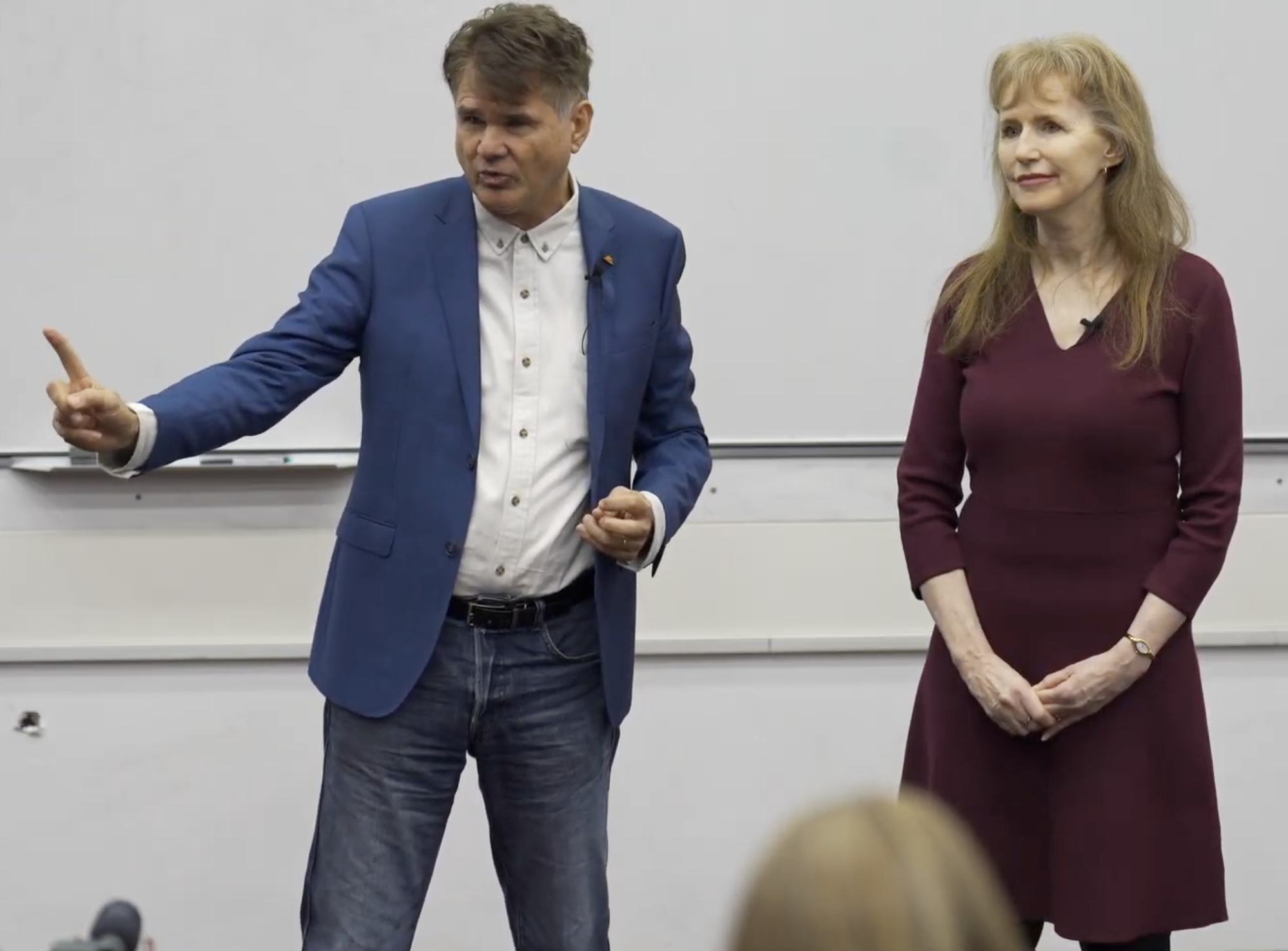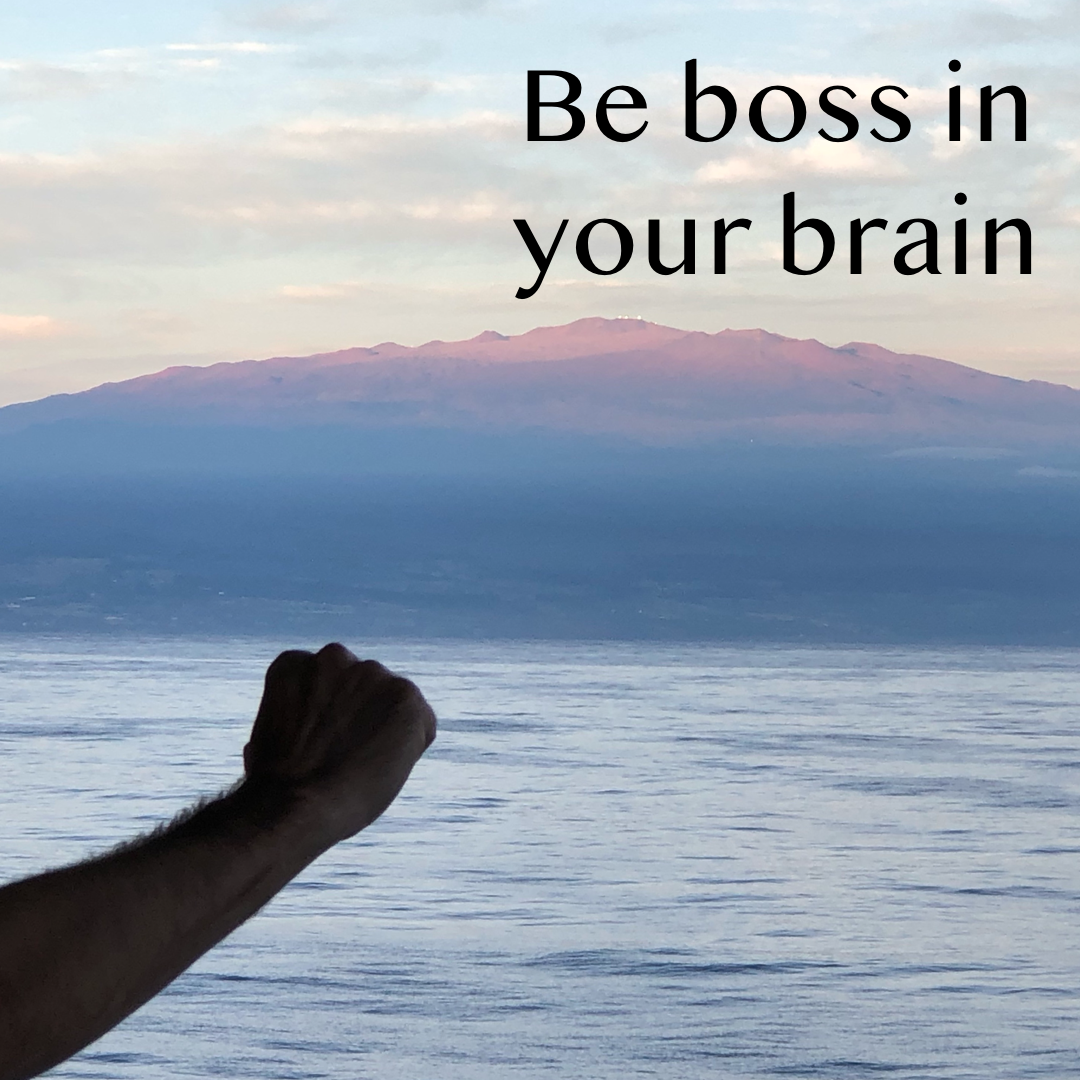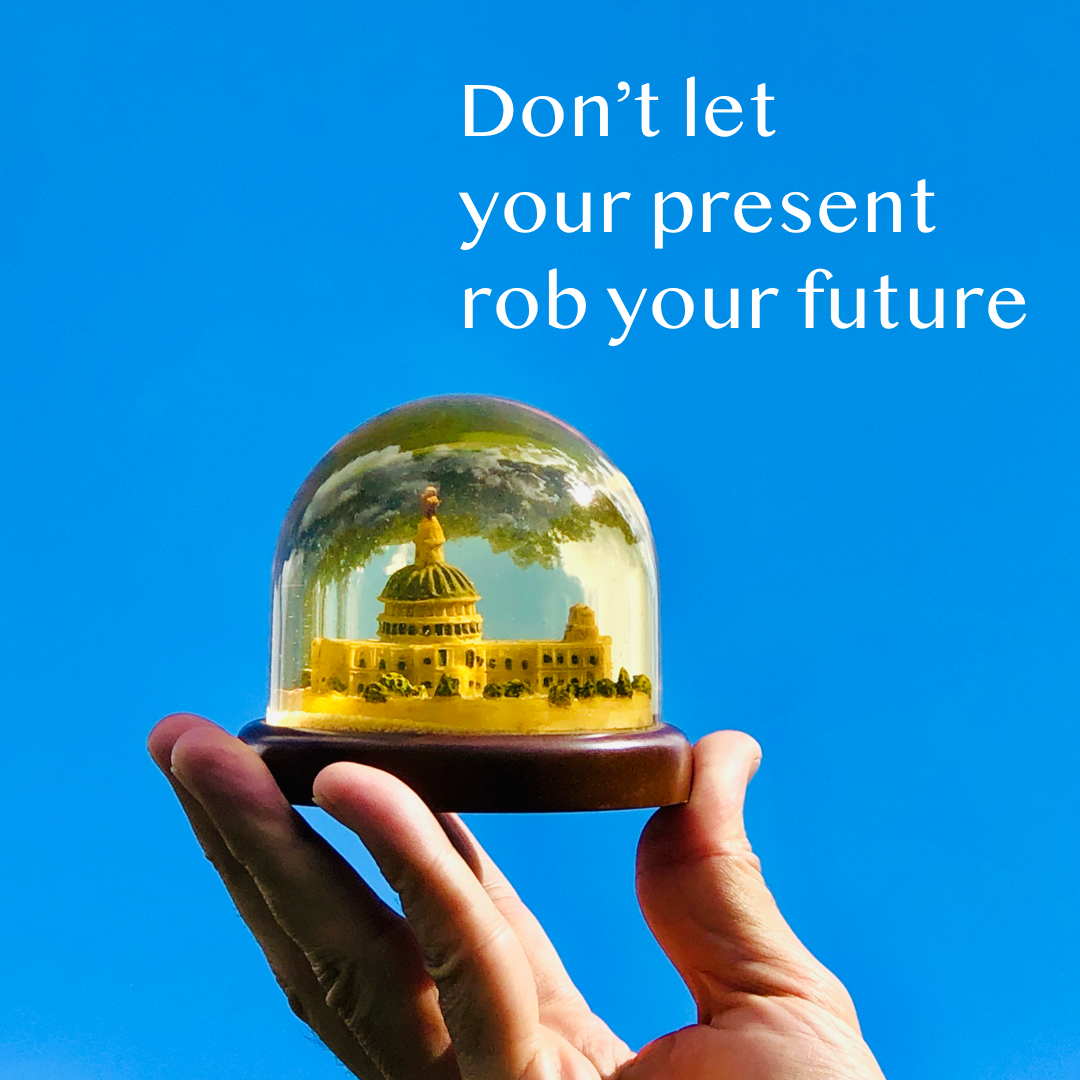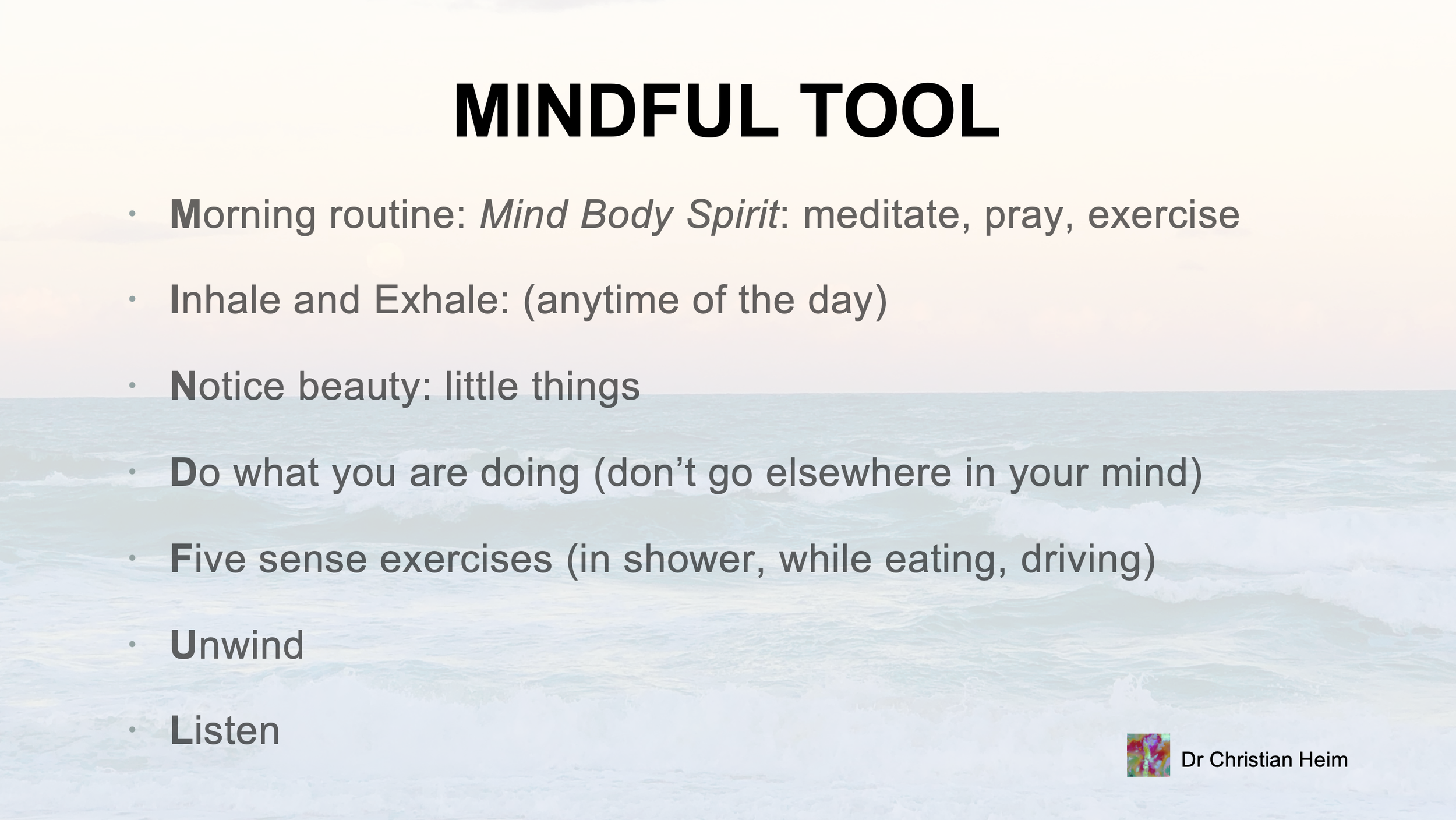courage for changeMAKERS
Dr Christian heim
Dr Caroline heim
change
During times of change, we can feel OFF-BALANCE. Like standing on our toes.
We become more balanced by having COURAGE.
Courage
Why have courage?
To move towards and live out what you value and what you want.
What is courage?
While feeling fear, be aware of it and choose the action which will achieve the right outcome
Theory
You can find our POSTS on courage HERE. They deal with what courage is, and the theory behind it.
Scientists have articulated the pathways in the brain which are active while people make decisions which involve courage (See Nili et al. study). This is exciting. In the study, people were asked to pull a trolley with a live snake as close to their faces as they could. Their brains were being imaged to see what brain-parts were involved in their decision-making.
Parts of the brain involved included the Orbito-Frontal Cortex (OFC) to coordinate decision-making, the subgenual Anterior Cingulate Gyrus (sgACG) which coordinates emotions, empathy and social cues, the Amygdala which generates feelings of fear, the Frontal Lobe for awareness, memories, beliefs and values and thinking, and the right Temporal Pole (rTP) to monitor and process social and emotional information.
In sorting through the complexity, the study found that once people chose courage it was easier for them to choose courage again in the future. People who didn’t choose courage found it harder to choose again in the future. This means that courage is a skill. It can be learned and practiced. You can get better at it. This, I believe, is highly significant.
THE COURAGE TO “face” your fear
FEEL THE FEAR
AWARENESS (use the mindful tool)
CHOOSE COURAGE (use the power-walk tool)
ENTREPRENEUR TO EMPOWER YOUR IDEA
F A C E : FEEL THE FEAR.
F A C E : AWARENESS. You create awareness in your brain by observation your own thoughts and feelings. You can be aware of your mental states by asking yourself what am I thinking and feeling right now? This, essentially, is the practice of mindfulness. In a state of awareness, you can more freely choose from a range of options which are open to you.
To help you achieve this state, here is our MINDFUL TOOL. It is an acronym for daily mindful activities.
F A C E : CHOOSE COURAGE by using the POWERWALK TOOL
POWERWALK TOOL
Powerful time —> REMEMBER
Body response? —> NOTICE IT
Powerwalk —> WITH BODY RESPONSE
Remember, Notice, Walk
The power-walk tool is based on the James-Lange Theory of emotions. Imagine you come across a bear on the forest. In this scene, your heart starts racing and you begin to run away THEN you become aware of fear in you. The point is that the body responds before we are aware of the emotion. For the power-walk, we choose to use the body response to embody a desired emotion to make it easier for you to choose courage.
REMEMBER a time when you felt Powerful
NOTICE how your body is responding now. Do you smile, bring shoulders back, stand straighter?
WALK during one chosen day-walk as a Power-walk. Bring the smile, straight stance, shoulders back or whatever else you notice into your walk and this will help create in you an emotional state more conducive to choosing courage.
F A C E : ENTREPRENEUR. BE AN ENTREPRENEUR TO EMPOWER YOUR IDEA
RESOURCES
Connect with us on Linkedin here: we would love to follow your careers as changemakers!
Caroline and Christian answer student mental health questions on spiralling thoughts, work/life balance, comparing yourself with others, burnout, making friends, substance abuse and many more
BIBLIOGRAPHY
FOR COURAGE
Findyartini, Ardi, Estivana Felaza, Daniar Setyorini, and Rita Mustika. "Relationship between empathy and motivation in undergraduate medical students." GMS journal for medical education 37, no. 4 2020: Doc43.
Magnano, Paola, Anna Paolillo, Silvia Platania, and Giuseppe Santisi. "Courage as a potential mediator between personality and coping." Personality and individual differences 111, 2017: 13-18.
Nili, Uri, Hagar Goldberg, Abraham Weizman, and Yadin Dudai. "Fear thou not: activity of frontal and temporal circuits in moments of real-life courage." Neuron 66, no. 6, 2010: 949-962.
Zaki, Jamil, "Empathy: a motivated account." Psychological bulletin 140, no. 6, 2014: 1608
Zavaliy, Andrei G., and Michael Aristidou. "Courage: A modern look at an ancient virtue." Journal of Military Ethics 13, no. 2, 2014: 174-189.







